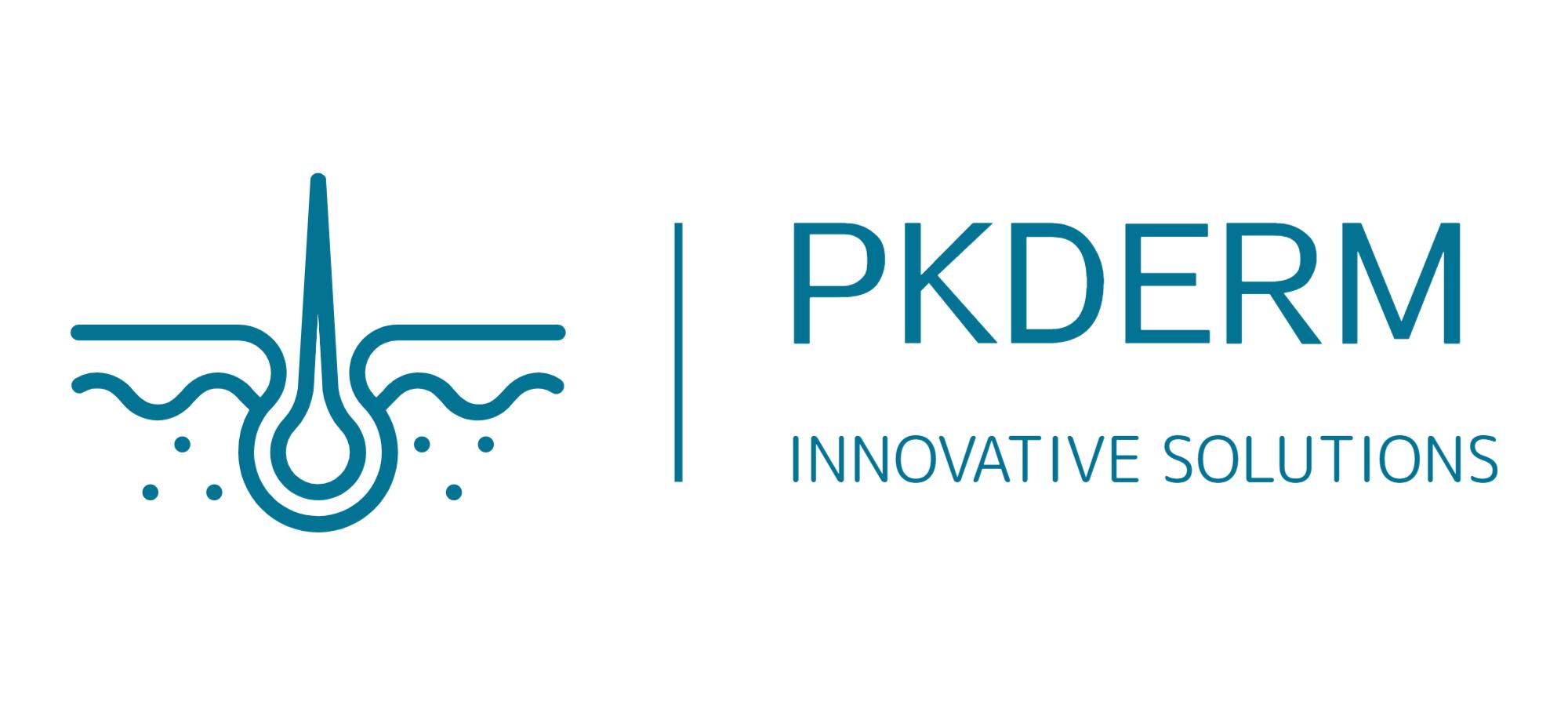OpenTox Virtual Conference 2021 Session 5
Using a Quantitative System Pharmacology (QSP) platform to predict the efficacy and safety of AAV-mediated Protein Delivery
Guy Meno-Tetang1, Ekram Chowdhury2, Tanguy Jamier1, Michael Perkinton1, and Dhavalkumar Shah2
1. Neuroscience, BioPharmaceuticals R&D, AstraZeneca, Cambridge, UK
2. Department of Pharmaceutical Sciences, School of Pharmacy and Pharmaceutical Sciences, The State University of New York at Buffalo, USA
Immunotherapy with systemically administered monoclonal antibodies (mAbs) is a highly desired therapeutic approach to treat disorders. However, rapid turnover of therapeutic targets in chronic disease conditions necessitates frequent administration of very high doses of mAbs to sufficiently neutralize the therapeutic target at the site of action. Such a high amount of antibody doses leads to commercial un-viability and adverse effects related to infusion reactions or immunogenicity. Adeno-associated virus (AAV) represents a very important tool to deliver the genes of therapeutic proteins that can ensure long-term expression of the proteins in target tissues. However, there is a lack of understanding related to the cellular disposition, whole-body disposition, dose-exposure relationship, exposure-response relationship, and how product quality and immunogenicity affect these important properties. These issues may result in poor interspecies scaling and inappropriate dose selection impacting the translatability of the product. In the past decade, Quantitative System Pharmacology (QSP) models have gained importance as a modeling technique to describe diseases and complex drug action mechanistically and quantitatively. QSP models can be utilized to predict potential immunogenicity and toxicity related to AAVs by incorporating different biomarkers associated with this phenomenon as well as modeling serotype-specific tissue tropism and disposition. The QSP based approach is invaluable in understanding PK/PD relationships and will play a major role in the field of AAV mediated transgene expression in the near future.


